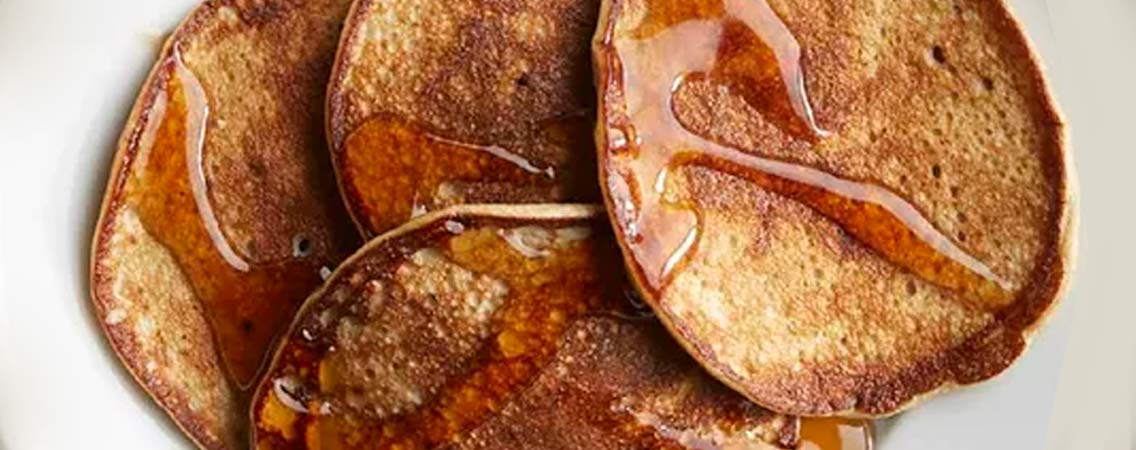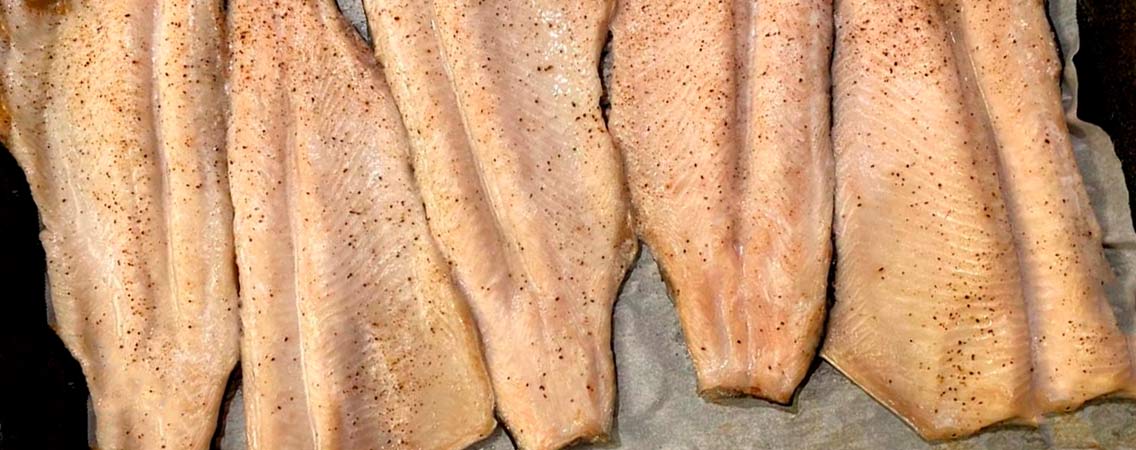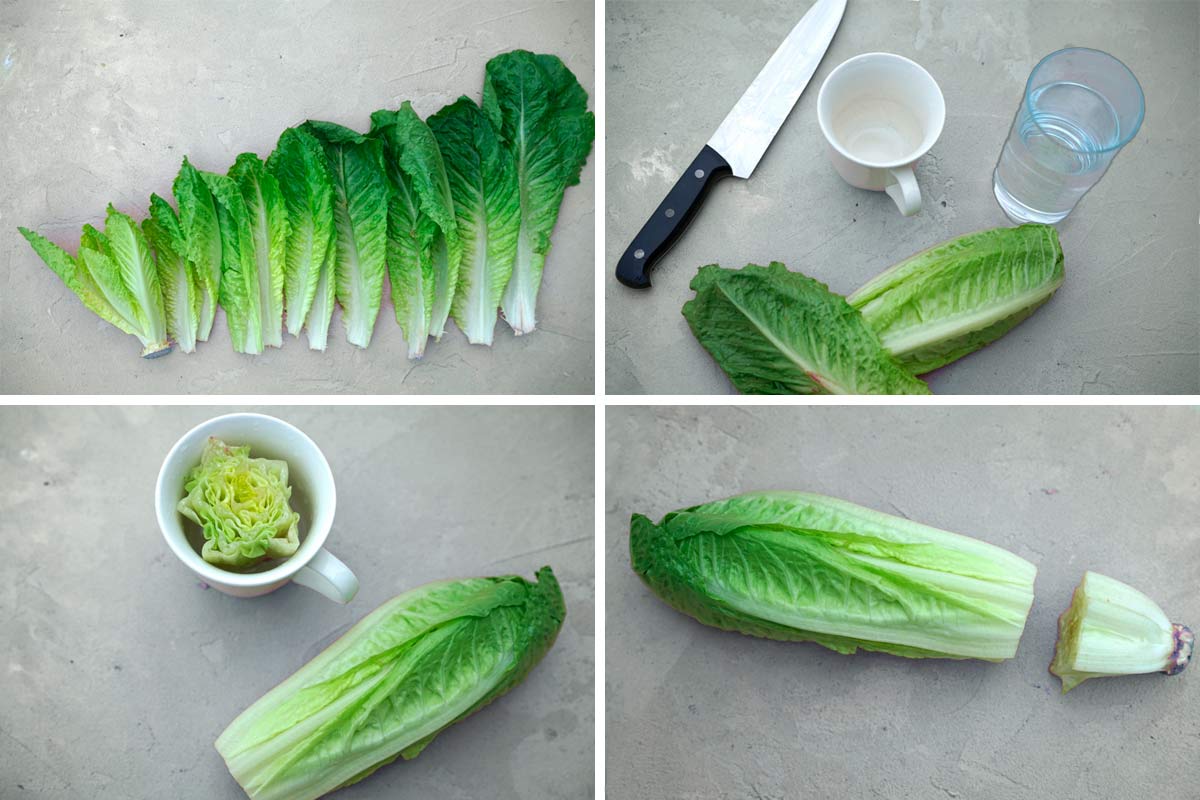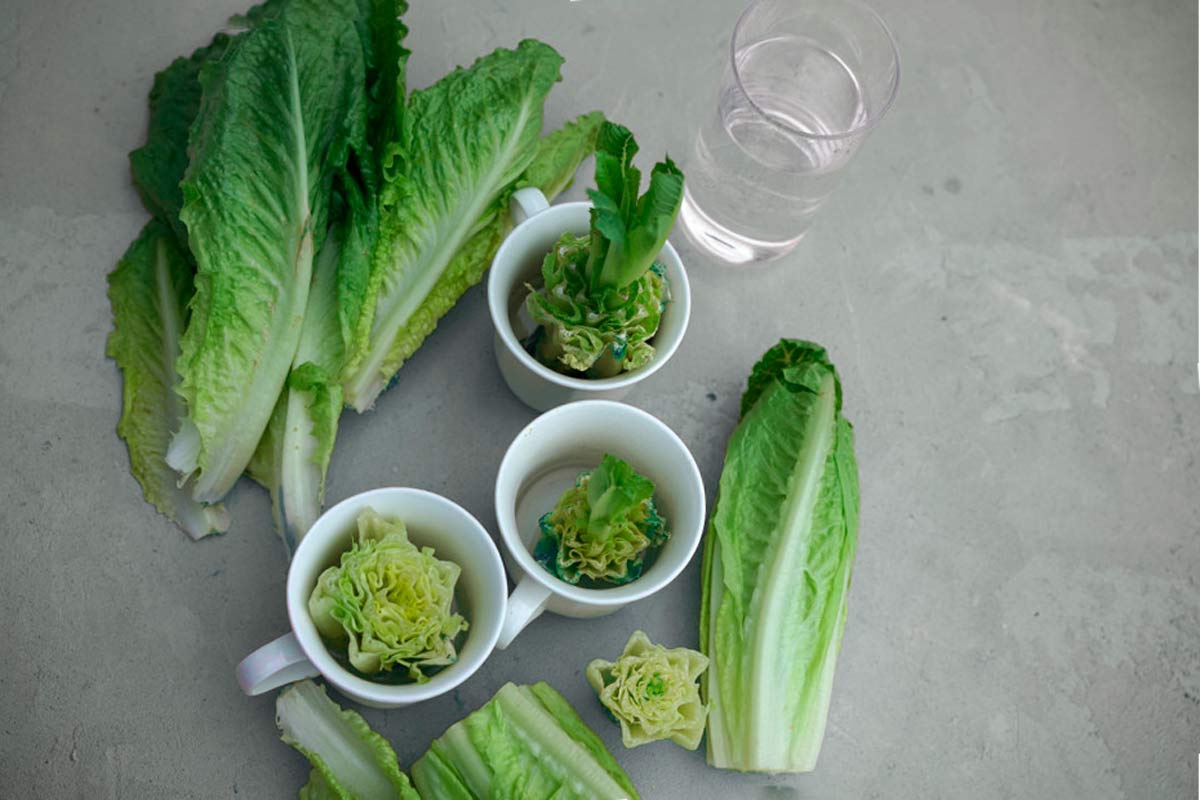In recent years, there has been a surge in the popularity of culinary blogs that offer a wide range of content, from DIY recipes and cooking tips to homesteading, gardening, and more. People follow food blogs for various reasons, such as improving their cooking skills, adopting healthier eating habits, exploring new cuisines, or indulging in a baking hobby. These blogs serve as a source of inspiration for meals, lifestyle changes, and even gardening tips for fresh ingredients.
This article introduces some of the top food blogs, chosen for their unique content, engaging communities, and the quality of their recipes and tips. Each blog offers a distinct perspective on food, cooking, and lifestyle, catering to different interests and skill levels.
Top 4 Food Blogs
Pinch of Yum
🌐 Visit: pinchofyum.com
✍️ Author: Lindsay
🥗 Unique Features: Strong community engagement, reader awards, mostly healthy recipes
Founded by Lindsay, Pinch of Yum has evolved from a hobby blog to a full-time business. Lindsay’s journey as a food blogger began in 2010 while she was working as a fourth-grade teacher. Over the years, the blog has grown to reach millions of readers each month, featuring fresh, flavorful, and mostly healthy recipes that Lindsay makes and eats in her daily life.
One of the standout features of Pinch of Yum is its strong community aspect. The blog regularly engages with its readers through social media and features reader awards, showcasing the creations of its followers. Lindsay’s approachable and inspiring content has garnered a dedicated following, making Pinch of Yum a go-to resource for home cooks and food enthusiasts alike.
I Am a Food Blog
🌐 Visit: iamafoodblog.com
✍️ Author: Mike & Steph
🥗 Unique Features: Creative and diverse recipes, focus on Asian cuisine, stunning photography
I Am a Food Blog is a recipe and travel blog run by husband and wife team Mike and Steph. The blog stands out for its creative and diverse recipes, which are complemented by engaging travel stories and stunning photography. Over the past seven years, the blog has covered a wide range of subjects, from mini beef Wellingtons and driving through Iceland’s ring road to making pho in a pressure cooker.
One of the blog’s strengths is its focus on Asian cuisine, particularly Japanese and Korean food. Readers can find recipes for popular dishes like yakisoba, gyoza, and Korean corn dogs, as well as lesser-known regional specialties. I Am a Food Blog has received numerous accolades and has been featured in various media outlets, cementing its position as a top food blog.
Sally’s Baking Addiction
🌐 Visit: sallysbakingaddiction.com
✍️ Author: Sally
🥗 Unique Features: Well-tested recipes, detailed tutorials, Monthly Baking Challenge
Sally’s Baking Addiction, founded by Sally in 2011, has become a trusted resource for bakers around the world. What began as a personal blog has grown into a comprehensive baking website featuring over 1,200 from-scratch recipes, detailed tutorials, and helpful baking tips. Sally’s dedication to well-tested recipes and her passion for teaching others how to bake set her blog apart.
One of the unique aspects of Sally’s Baking Addiction is the Monthly Baking Challenge. Each month, Sally selects a recipe for her readers to try, encouraging them to share their creations and engage with the community. This interactive feature has helped foster a sense of camaraderie among her followers, making the blog not just a source of recipes but also a place for bakers to connect and learn from one another.
Deliciously Ella
🌐 Visit: deliciouslyella.com
✍️ Author: Ella Mills
🥗 Unique Features: Plant-based recipes, wellness content, mobile app, and restaurant
Deliciously Ella is a plant-based food and wellness platform founded by Ella Mills. The blog began as a personal project in 2012 when Ella turned to a plant-based diet to improve her health while suffering from Postural Tachycardia Syndrome. As the blog gained popularity, Ella’s passion for sharing delicious, natural, plant-based recipes grew into a business that now includes food products, cookbooks, and a mobile app.
The Deliciously Ella app is a standout feature, offering over 1,000 plant-based recipes and 300+ wellness classes, making it the #1 plant-based recipe app in Europe. The blog also features a variety of content, from easy weeknight dinners to indulgent desserts, all with a focus on wholesome, plant-based ingredients. In addition to the app and blog, Deliciously Ella has a restaurant called Plants, showcasing the best of plant-based eating in a warm and inviting atmosphere.
Most Popular Recipes Among Readers
In addition to the top food blogs mentioned above, there are numerous other blogs and websites offering a wide variety of recipes. Some of the most popular recipes among cooking fans include:
Cream of Rice Cereal Recipe

Ingredients:
- 1/4 cup white rice
- 1 cup water or almond milk
- Pinch of salt
Instructions:
- Grind the rice into a cornmeal-like consistency in a blender or coffee grinder.
- Boil the water and slowly add the rice meal.
- Cook, stirring often, until you reach the desired consistency of the cream of rice cereal.
2 Ingredient Banana Pancakes

Ingredients:
- 1 ripe banana (approx 80 grams)
- 2 large eggs
Instructions:
- Mash everything together or blend for a few seconds, but try not to get it too frothy.
- Pour into a non-stick pan on medium heat, and flip when they become cooked around the edges.
- Top your 2 ingredient banana pancakes with honey, maple syrup, or fruit, and enjoy.
How to Cook Pre-Cooked Smoked Ribs

Ingredients:
- Smoked Pork Ribs
- Sweet Rib Sauce (store-bought or homemade)
Instructions:
- Cover the ribs in BBQ sauce and allow them to come to room temperature.
- Preheat the oven on broil or your BBQ to high.
- Place meat away from the heat first (face DOWN in oven/broiler, face UP on BBQ) and allow to cook 5 minutes, keeping an eye on it as the sugars can easily burn.
- Flip the ribs over and cook another 3 minutes.
- Remove from the heat and serve while hot.
Sponge Toffee Recipe

Ingredients:
- 2 1/2 cups sugar
- 2/3 cup light corn syrup
- 1/3 cup water
- 2 Tbsp baking soda
- 2 tsp vanilla
Instructions:
- Grease and line a 13×9 cake pan with parchment paper.
- In a large saucepan, bring sugar, corn syrup, and water to a boil.
- Boil, but do not stir until a candy thermometer reads 300°F.
- Whisk in baking soda and vanilla, then pour the mixture into the greased pan.
- Let the sponge toffee cool in the pan for 2 hours, then break apart and enjoy.
Baked Lemon Dill Rainbow Trout Filet

Ingredients:
- 1 rainbow trout filet
- 1/4 cup butter
- 1 lemon, zest and juice
- 2 tbsp dill
Instructions:
- Preheat oven to 425°F.
- Pat the fish dry and lightly salt and pepper.
- Mix together the butter, lemon juice, lemon zest, and dill.
- Spread the mixture on the fish as a paste, or use a marinade brush to get a nice full coating.
- Put into the oven for 15-20 minutes, keeping an eye on it as the baking time will differ depending on the size and thickness of your filet. It is ready when the center is flaky and moist.
Additional Tips for Cooking Fans
Food blogs are not just about recipes; they also offer a wealth of information on various cooking techniques, DIY projects, and even gardening tips. Two popular topics that have gained traction among cooking enthusiasts are regrowing romaine lettuce and building a wine barrel smoker.
How to Regrow Romaine Lettuce
Regrowing romaine lettuce is a simple project that reduces food waste and provides a continuous supply of fresh greens. To start, save the stump of a head of romaine lettuce and place it in a shallow dish with a half-inch of water. Change the water daily to prevent sogginess. Within a few days, new leaves will sprout from the center of the stump.


Once roots have developed, transplant the lettuce into the soil for better growth. While you can regrow lettuce in water alone, it may not reach its full size and may deteriorate after a few weeks. Planting the lettuce in the soil allows it to continue growing and provides fresh, crisp leaves for your salads and sandwiches.
Wine Barrel Smoker
Building a wine barrel smoker is an exciting project for those who enjoy smoked meats and slow-cooked barbecues. To create your own, procure a used wine barrel and cut it in half lengthwise. Clean the inside and remove any debris or wine residue.
Install a firebox at the bottom of one half of the barrel to hold the coals and wood chips. Add a rack above the firebox for a water pan to maintain moisture in the smoking chamber. Place two grates above the water pan to hold the food you’ll be smoking.
To regulate airflow and temperature, drill holes in the bottom of the barrel near the firebox and add copper pipes to direct airflow towards the coals. Add copper exhaust pipes to the lid to allow smoke to escape. A thermometer near the top grate will help monitor the internal temperature.
Experiment with different wood chips, meats, and recipes to create delicious, smoke-infused dishes. A wine barrel smoker is a fun and unique addition to any backyard cooking setup.
Wrapping Up
Food blogging is vast and diverse, offering endless inspiration for home cooks, bakers, and food enthusiasts. These are just a few examples of the incredible content available to those seeking to expand their culinary horizons. Whether you’re looking for quick and easy meal ideas, indulgent desserts, or plant-based recipes for a healthier lifestyle, these blogs have something to offer. By following these and other top food blogs, you can enhance your skills in the kitchen, discover new flavour combinations, and connect with a community of like-minded food lovers.
